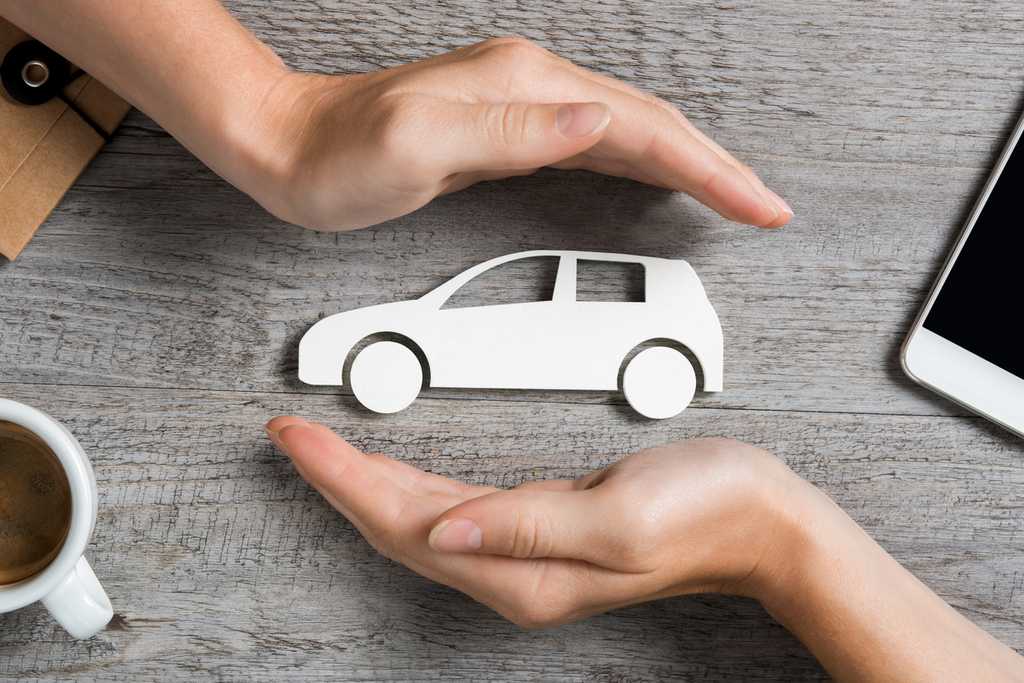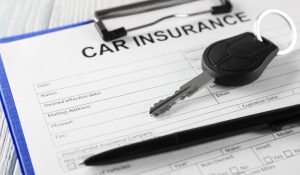Car Insurance – What does it cover
It is a legal requirement to have an insurance policy if you own a vehicle. Section 143 of the Road Traffic Act 1988 requires that a person must have at least third party insurance in place when driving a motor vehicle on public roads.
There are many different types of insurance and what the policy covers depends on what level of cover you purchase. There are three different levels of car insurance:
- Third Party
This level of insurance will only cover third parties (other people/vehicles) and not any damaged caused to your own vehicle. This means that it will not cover any damage caused to your car. If damage was caused by you to your own vehicle you will have to cover the cost of repair or write off of your vehicle yourself.
- Third Party, fire and theft
This is similar to third party insurance. Again it will not cover the costs of damage caused to your car through your own fault, but it will cover repairs or replacement of your vehicle if it was stolen or damaged by fire.
- Comprehensive
This is the highest level of cover. It covers third parties and your own vehicle if you damage your own car, even if the accident was your fault.
But how far does your cover extend? What about all the extra things which you are not always informed about when purchasing your insurance?
Our best advice is always to check your policy documents, but below we address some of the common queries and misconceptions about insurance:
Am I insured to drive all cars?
It is a common mistake to assume that once you reach a certain age, or a certain level of driving experience, your comprehensive insurance covers you to drive other cars. In many European countries the policy covers the vehicle so any driver is insured to drive it. This is not so in the UK. A comprehensive policy may still have a restriction to named driver(s) only.
If you plan to drive other vehicles and rely on your own insurance policy to cover you to do this, then it must be stated on your policy that you have coverage for driving other cars “DOC” included. “DOC” is a clause on your policy which allows you to drive someone else’s car without being a named driver on their policy.
If you are classed as a young driver, i.e. under 25, it is more than likely that “DOC” will not be available to you.
To find out if you have “DOC” on your policy you need to check your policy documents or speak to your insurer. It will state whether you have the “DOC” extension on your certificate of motor insurance. This coverage is not always included by default so do not presume you have it as you could get yourself into trouble for driving without insurance.
If you have a fully comprehensive policy on your vehicle with “DOC” coverage, this usually has some pre-requisites with it whereby you must have the owner’s permission to drive the vehicle and it is also often limited to cover you to drive third party, fire and theft.
“DOC” also often excludes coverage to drive a hire vehicle and may be limited to social and domestic use only.
What requirements are needed to have DOC added to my policy?
It will depend on your insurer, but there are a few typical requirements common amongst most insurer, they are:
You most likely need to be 25 or over when the policy starts
Your policy must be fully comprehensive
The other car must have insurance already
Your own car must be in a driveable stateWhat does DOC cover you for?
Driving other cars on your own policy will usually only cover you for third party damage. This is the lowest level of cover and means if you have an accident that is your fault you will be liable for the damage caused to the vehicle you are driving. “DOC” is not ideal as a long-term solution if you are looking for full coverage. It is much better to add a specific person as a named driver or even a temporary driver to your fully comprehensive policy, in which case the named driver would be fully covered.



